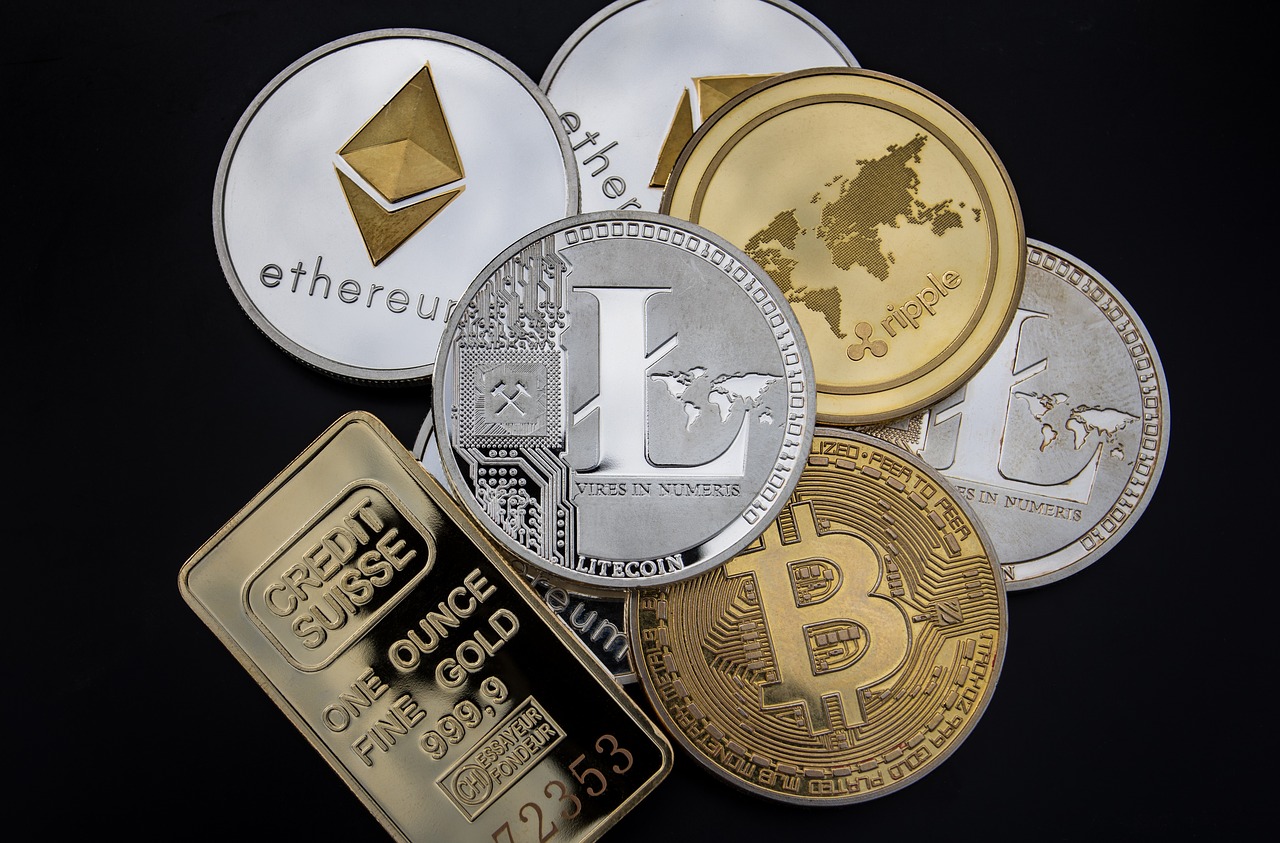
Is cryptocurrency finally becoming mainstream in the 2020s? There might be a few naysayers out there, but the consensus is that alternative currencies like bitcoin and ethereum are finally breaking through the social and economic barriers and winning over enough people to gain traction as accepted forms of money. Of course, there are exceptions, and not everyone recognizes crypto as a form of payment, store of value, or vehicle for savings.
However, plenty of individuals, institutions, governments, retailers, wholesalers, traders, and investors have bought into the alt coin economy. As of early 2022, more than $14 billion of cryptocurrency changes hands every day. In all likelihood, that number will continue to grow, perhaps at an astronomical rate between now and the end of the decade. The following examples describe specific ways that cryptocurrency is working its way into mainstream settings among traders, merchants, institutions, the media, and more.
Retail
At the retail level, consumers and sellers are usually the last to opt into a new form of payment. Alternative currency represents an even bigger step. It’s much more than just a new payment method. It’s a whole new kind of monetary unit. Fortunately, millions of retailers worldwide, especially online merchants and e-commerce stores of all kinds, are adding crypto coins to their shopping cart checkout choices as acceptable forms of payment. Additionally, consumers are getting used to seeing the logos for cryptocurrencies at in-person stores and places where they go for services, like hair salons, doctors’ offices, and auto repair shops. Many restaurants are also letting diners pay with alt coins of all kinds.
Trading
Individual traders, investors, and brokers were among the earliest adopters of cryptos and continue to be at the forefront of the trend. Solo traders buy and sell coins like bitcoin and ethereum for the sake of making short-term profits via brokerage accounts. For their part, brokers are learning they can get more business if they allow account holders to add cryptocurrency to their portfolios.
It’s a win-win situation for people who like to trade forex, use CFDs (contracts for difference), invest in cryptocurrency ETFs (exchange traded funds), and add alt coins directly to their online brokerage accounts. Swing traders prefer to speculate on short-term price changes in alt currencies just as day traders take advantage of single session volatility to seek gains. Anyone can get into the action via dedicated apps that make it easy to purchase, sell, hold, and invest in cryptocurrencies from mobile devices.
Institutions
In the past five years, institutions have begun building up their holdings of virtual currency. Many of these entities represent pension funds, large retirement funds, and major banks. Usually, the last to engage in new ways of doing things, institutions represent a major breakthrough for the legitimacy of alt currency. One reason is the social clout they have among everyday investors. Another is the huge sums of cryptocurrency they buy for long-term holding.
Media
From the early part of the past decade, the majority of news coverage about cryptos, particularly the market leader, bitcoin, was negative. Stories focused on unpredictable price swings, hacked accounts, unstable management, uncertain futures, and pretty much anything that went wrong. Few journalists covered the slow but sure acceptance of crypto as a form of payment and store of value. Fewer reported on the massive growth in the number of assets denominated in cryptocurrency on a worldwide basis. Today, peruse the daily financial news, and you’ll see a more even-handed treatment of the alt coin marketplace, with regular mention of widespread acceptance, use of bitcoin and its competitors in retirement funds, and an overall more balanced approach to media coverage.
Individual Investors
Even for non-traders, virtual money like ethereum and others represent an acceptable way to diversify a savings or retirement portfolio. With so many brokerages now offering alternative currencies, people feel more comfortable putting at least a portion of their holdings into assets like bitcoin, litecoin, and ethereum.
Governments
Up to now, governments spent time working against alt currencies, viewing them as a direct threat to domestic forms of money. Recently, many of the world’s largest nations, while still searching for ways to regulate cryptocurrency, are at last buying it for their own accounts. In places like El Salvador, Israel, the U.S., and Japan, national banks are acquiring large amounts of non-fiat money. The reasons vary, but it’s a good bet that governments don’t want to be left out of what could be a surge in value of cryptos over the next decade.
Backers, Specialists, and Sponsors
Some people have a vested interest in seeing a particular alt coin succeed. Often, these specialist investors are direct backers of the coin, official sponsors, or enthusiastic investors who choose to put all their eggs in one basket. The situation is similar to the way in which some individuals put all their discretionary income into a single company’s stock. Every alt coin has its cheerleaders, especially the more prominent players in the sector.